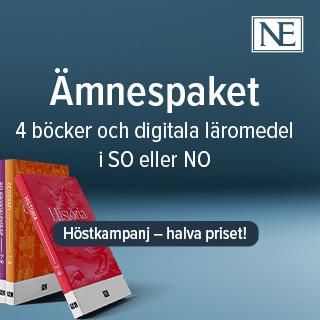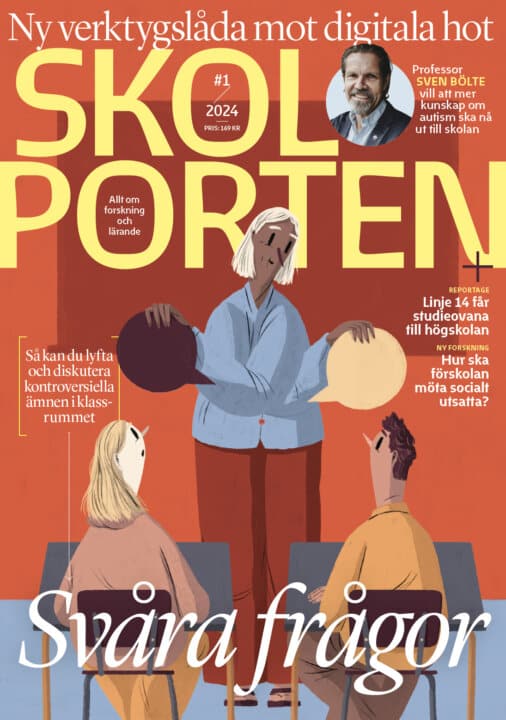Children’s right to equitable education
This article employs Social Representations Theory as a theoretical instrument to analyse the right of children to an equitable education. It analyses how social representations of students and students’ performances can be used by political actors as an interpretation system to manage contradictions in the equity education policies implemented in Sweden. A textual analysis of website propaganda of eight political parties produced for the Swedish electoral campaign in 2010 is used as research methodology. It is suggested that social representations of students and student performance in the Swedish 2010 electoral campaign function as an interpretation system that enables political parties to deal with the contradiction between the goal of equitable education for all children and the goal of developing diversity and free choice. The absence of a critical perspective about the negative impacts of market-oriented strategies on children’s right to equity characterised the analysed texts. Further, the dominance of representations of students as individuals with a right to an individualised education according to their own capacities, interests, learning times and styles makes it difficult to critically question the neoliberal model based on the vision of “one school for each student”.
Författare: Guadalupe Francia
Children’s right to equitable education: A welfare state’s goal in times of Neo-liberalism
Education Inquiry vol. 2, 3/2011

Fritidshem
 Åk F–6
Åk F–6 Matematikångest
 Åk 4–Vux
Åk 4–Vux 







